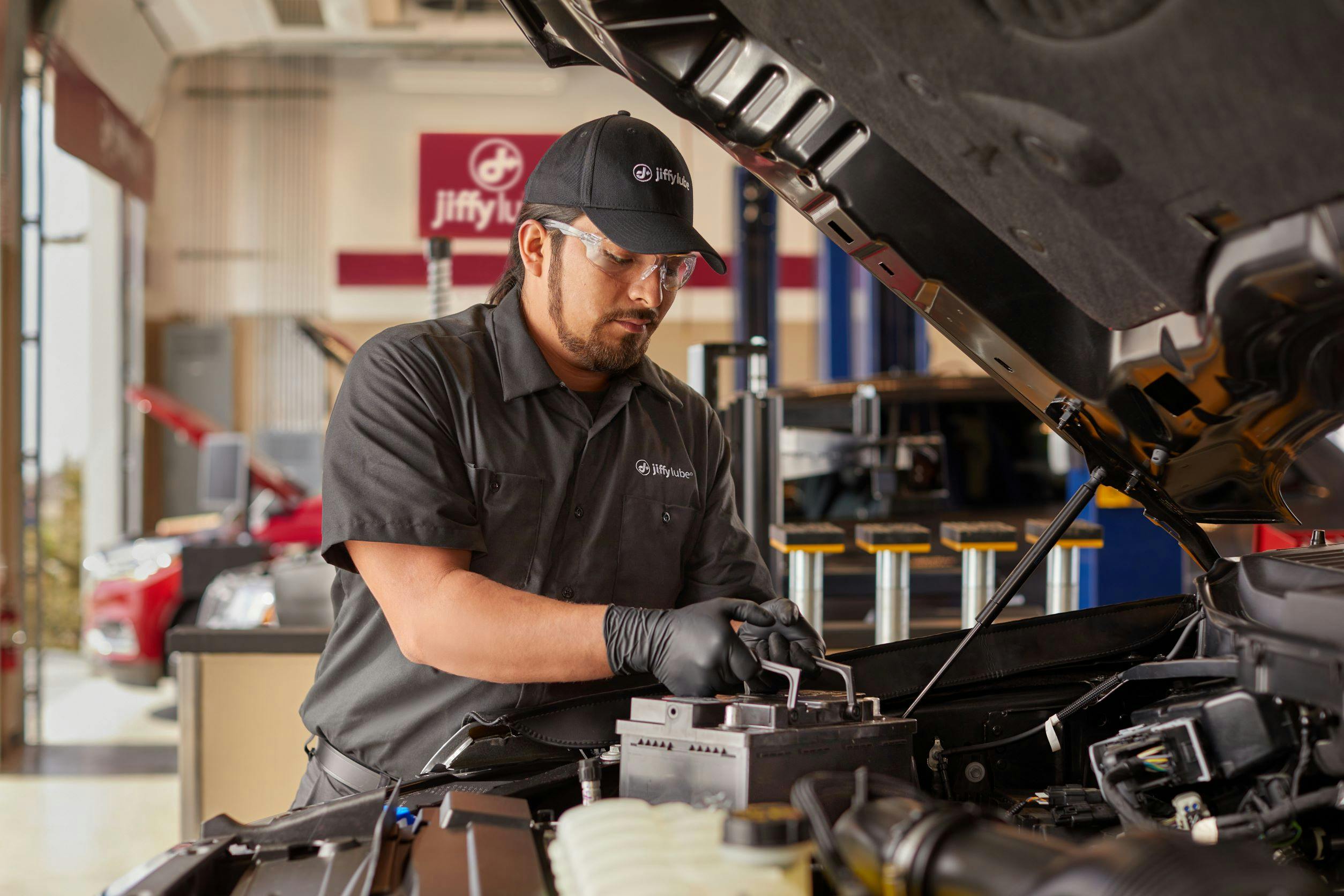Like virtual meetings and daily app updates, emissions tests are a fact of life these days. To help reduce air pollution, most states now require your vehicle to pass an emissions test, or smog test, to ensure that the emission system is functioning properly. Thankfully, manufacturers have gotten better and better at building clean vehicles—and maintenance experts can now share more than ever about how to pass emissions tests.
If you have a test coming up, here are 5 big things to keep in mind. (We’ll even answer that burning question, “Can you pass inspection with check engine light on?”)
1. Failing an Emissions Test Can Have Consequences
Unlike the tests you remember from school, an emissions test isn’t graded on a curve—your vehicle either passes or fails. Depending on where you live, failing a test can be costly: a failed test usually prevents you from renewing your vehicle registration, making it impossible for you to legally drive the vehicle until repairs are made. Because emissions tests come so frequently (every 1-2 years in many states), it’s critical to keep your vehicle in good working condition and know how to pass emissions tests.
2. Cars Are Cleaner, But 10% Still Fail Emissions Tests
The Environmental Protection Agency (EPA) estimates that today’s vehicles are up to 99% cleaner than those on the road in the early 1970s. But that doesn’t mean that every vehicle measures up to the current standards. Experts say that about 10% of vehicles fail their emissions tests, especially older vehicles and those that have not had proper maintenance.
3. Simple Steps Can Help You Pass a Test
Even if you’re driving an older vehicle, or haven’t followed your maintenance schedule to the letter, there are some things you can do before an emissions test to increase your chances of passing. Remember these helpful tips as your test approaches:

- Let your car warm up before the test: Warmer engines are more likely to pass the emissions test, so make sure to drive for a while before you arrive at the testing center. This way, your vehicle’s engine will reach the right operating temperature and be running efficiently during the test.
- Take care of routine maintenance: If you haven’t had an oil change performed recently, your engine oil may be contaminated, which could hurt your vehicle’s performance during the test. Talk to the highly trained experts at your local Jiffy Lube® about how to pass emissions tests. They can complete an oil change, filter change and other maintenance recommended by your manufacturer.
- Drive 100-200 miles after maintenance or battery replacement: If you’ve recently replaced your car’s battery or had maintenance work done, it’s important to put some miles on the car to help the vehicle’s memory prepare for testing. Drive at least 100 miles after maintenance and at least 200 miles after a battery replacement or disconnection to help reset the system.
- Properly fill your tires: Depending on which testing equipment is used in your state, proper tire pressure can improve your vehicle’s stability and increase your chances of passing the test.
- Try using a fuel additive to pass emissions tests: Fuel additives, which can be selected while choosing a gasoline type at the gas station, have been shown to improve emissions by dislodging carbon deposits inside the engine.
4. You Won’t Pass Inspection with Check Engine Light On
Don’t take an emissions test while your Malfunction Indicator Light (MIL) is illuminated. This light, often called a “check engine light” in vehicles made before 1996, generally indicates an engine problem that will impact your emissions test. It could be a relatively minor problem with the gas cap or spark plugs, or something more serious like a leaky gas tank. In any case, never try to pass inspection with check engine light on. Instead, get your vehicle repaired at a Jiffy Lube service center before you head to the emissions test. Usually, even having the MIL illuminated is grounds for a failed test.
5. Proper Maintenance Will Help You Pass Emissions Tests
The biggest thing to remember about how to pass emissions test? Expert maintenance keeps your vehicle running correctly and prepares it for testing. Bring your vehicle to your local Jiffy Lube for an inspection by highly trained technicians. The team can perform a safety inspection, visual inspection, and tailpipe test and present service options if needed. Or if your vehicle has failed a test, the technicians can complete the appropriate repairs and provide you with a compliance certificate.
Knowing how to pass emissions tests is essential for every driver. But you’re not in this alone. Jiffy Lube technicians are always ready to answer your questions and to help fix emissions problems. Just stop by one of the 2,000 Jiffy Lube locations across North America.
READ MORE ABOUT IT
Dive into some of the other most frequently asked questions about emissions tests.
Find out more about the vehicle inspection services available at Jiffy Lube.
Please note: Not all services are offered at each Jiffy Lube location. Please check with your local Jiffy Lube service center or visit jiffylube.com for specific services offered.


